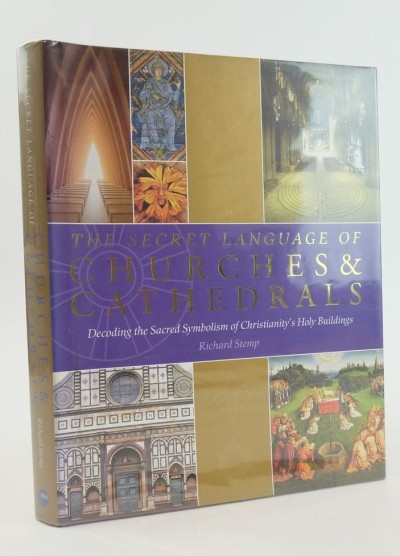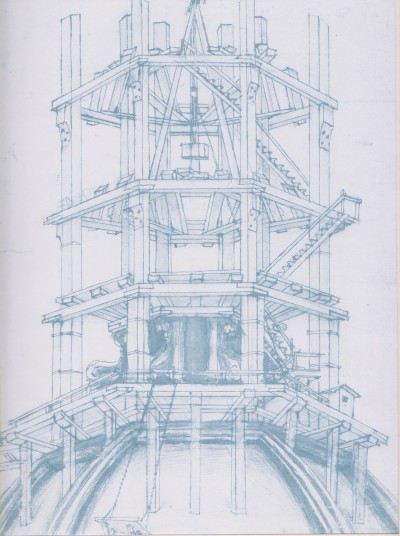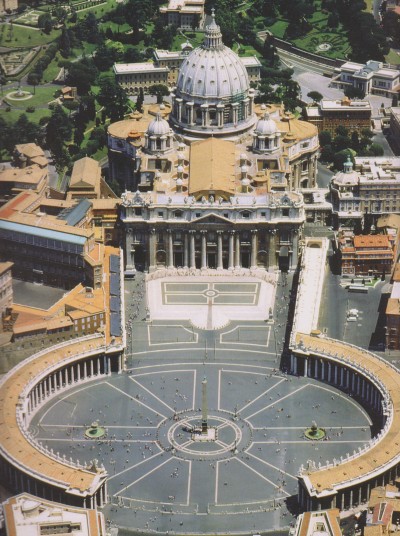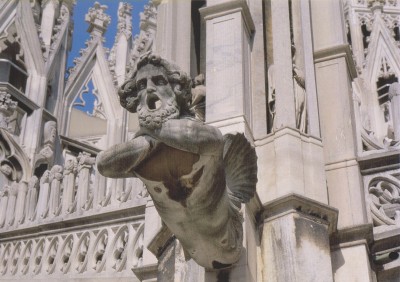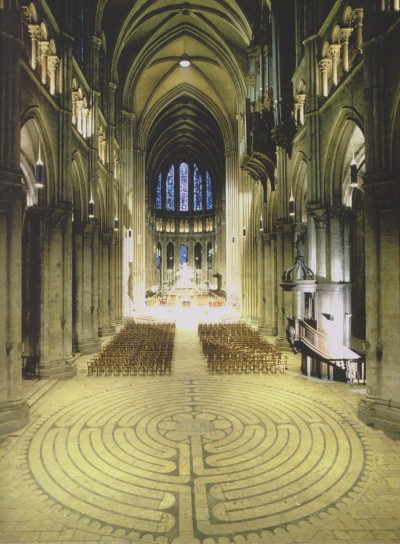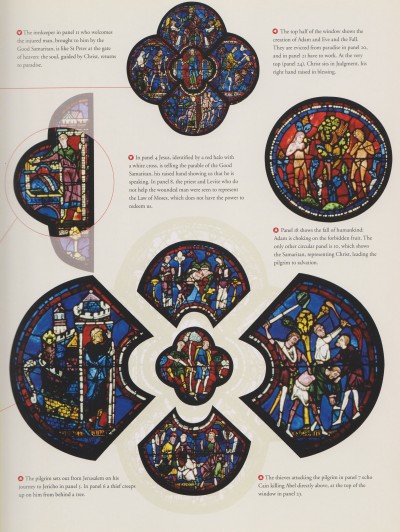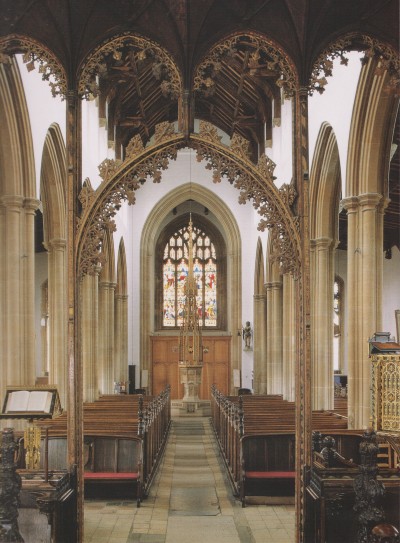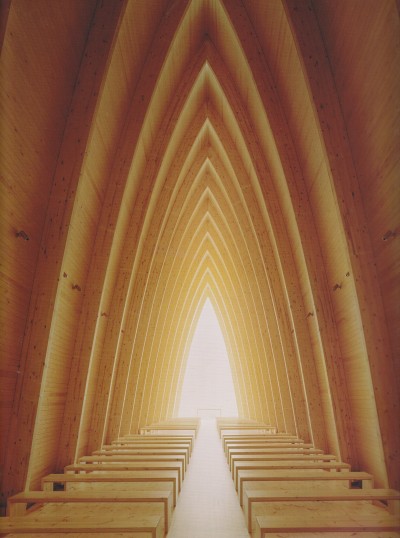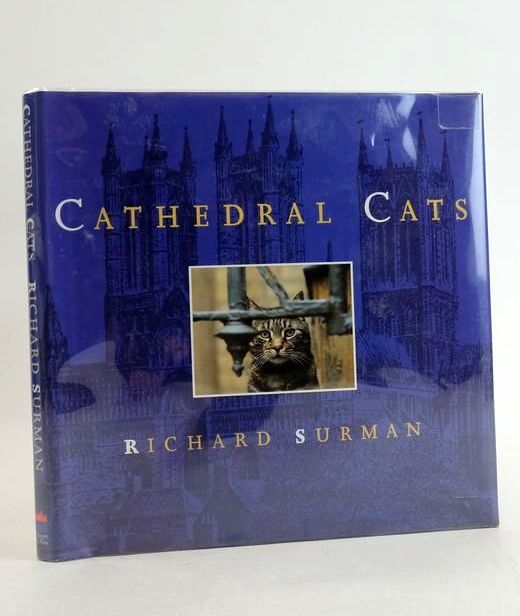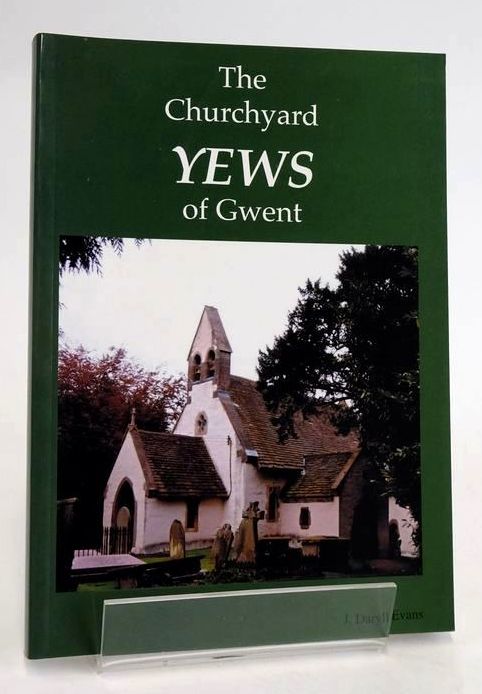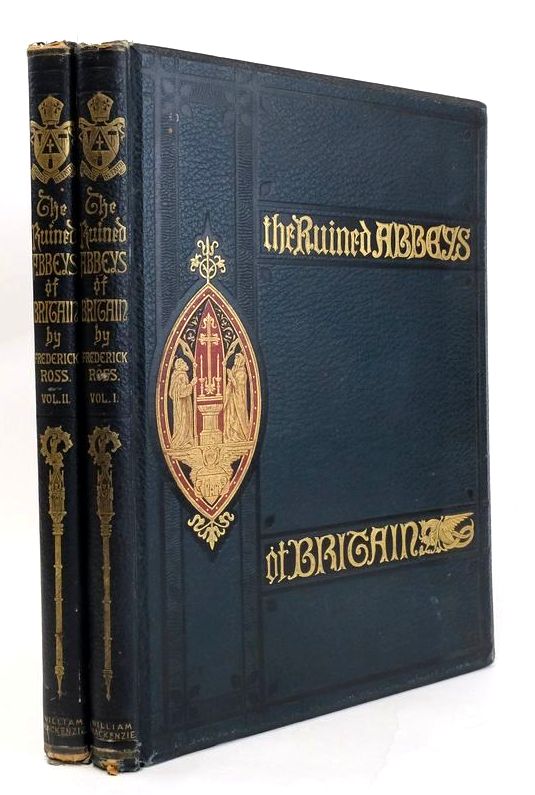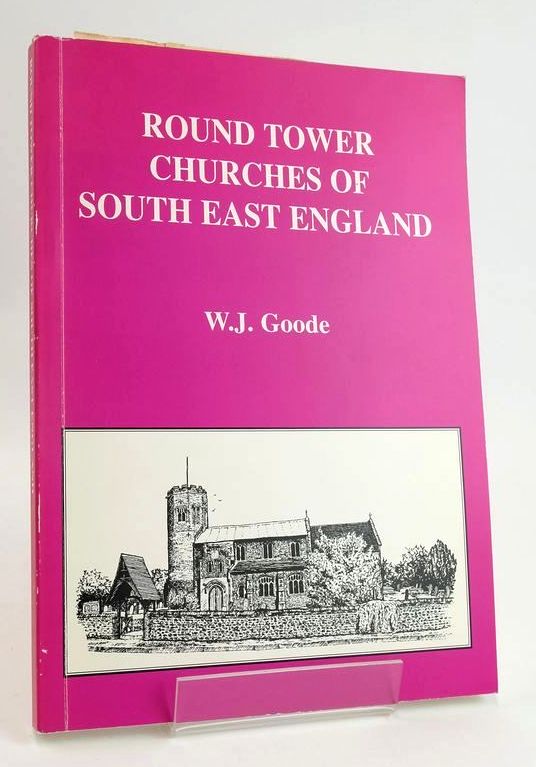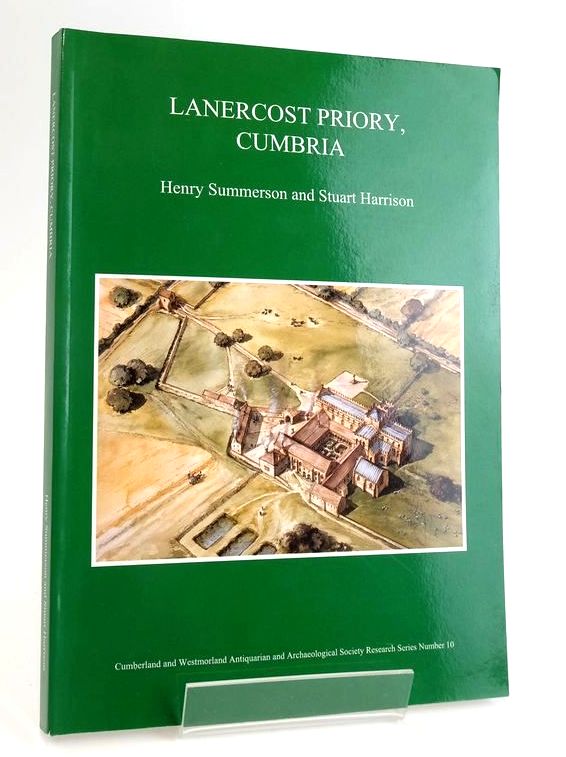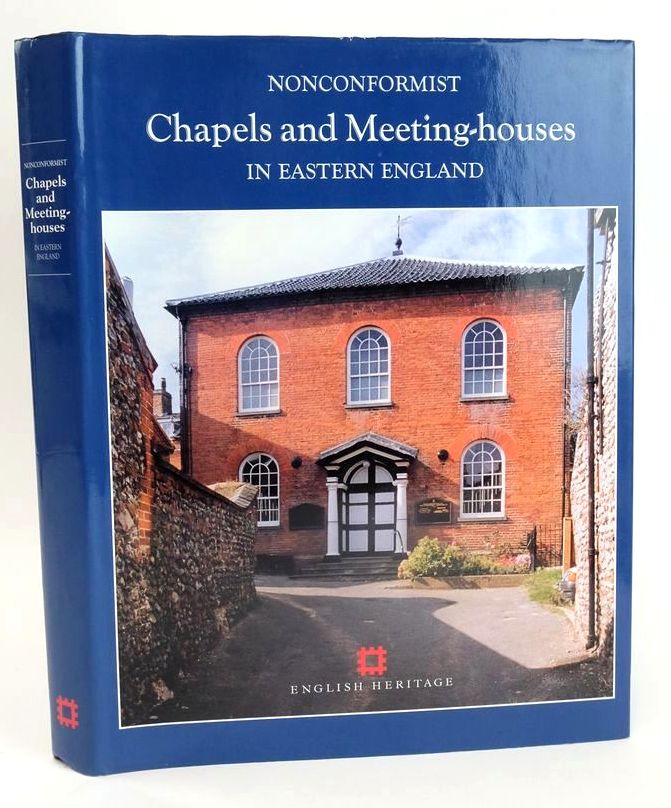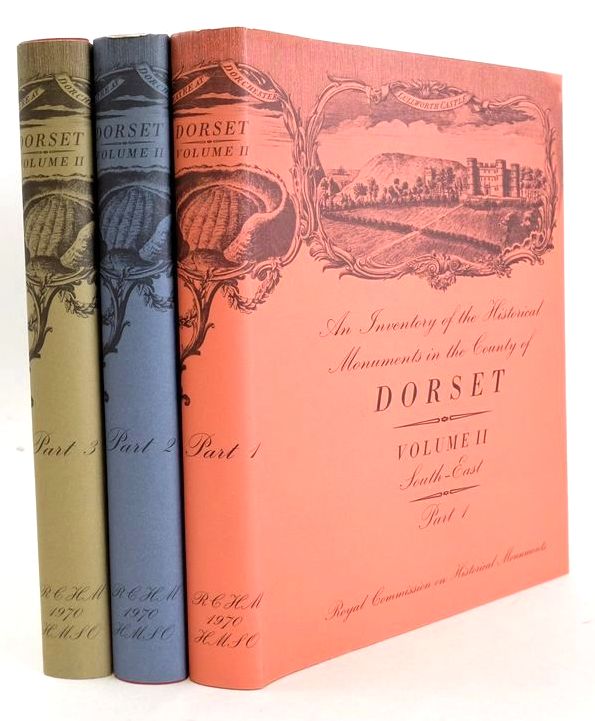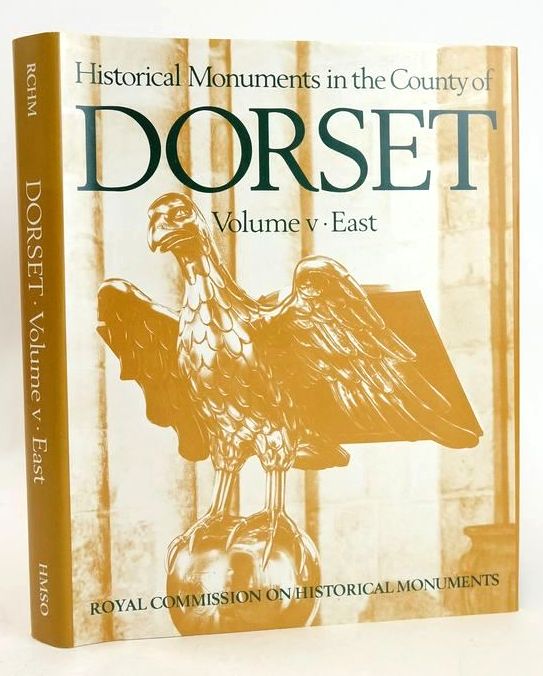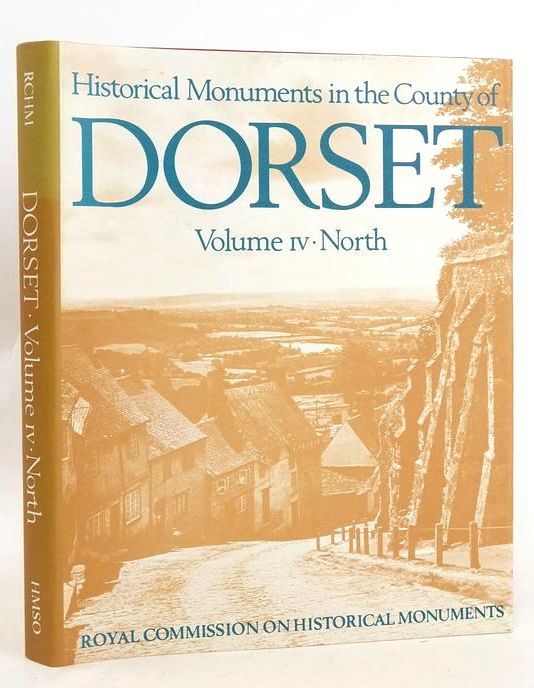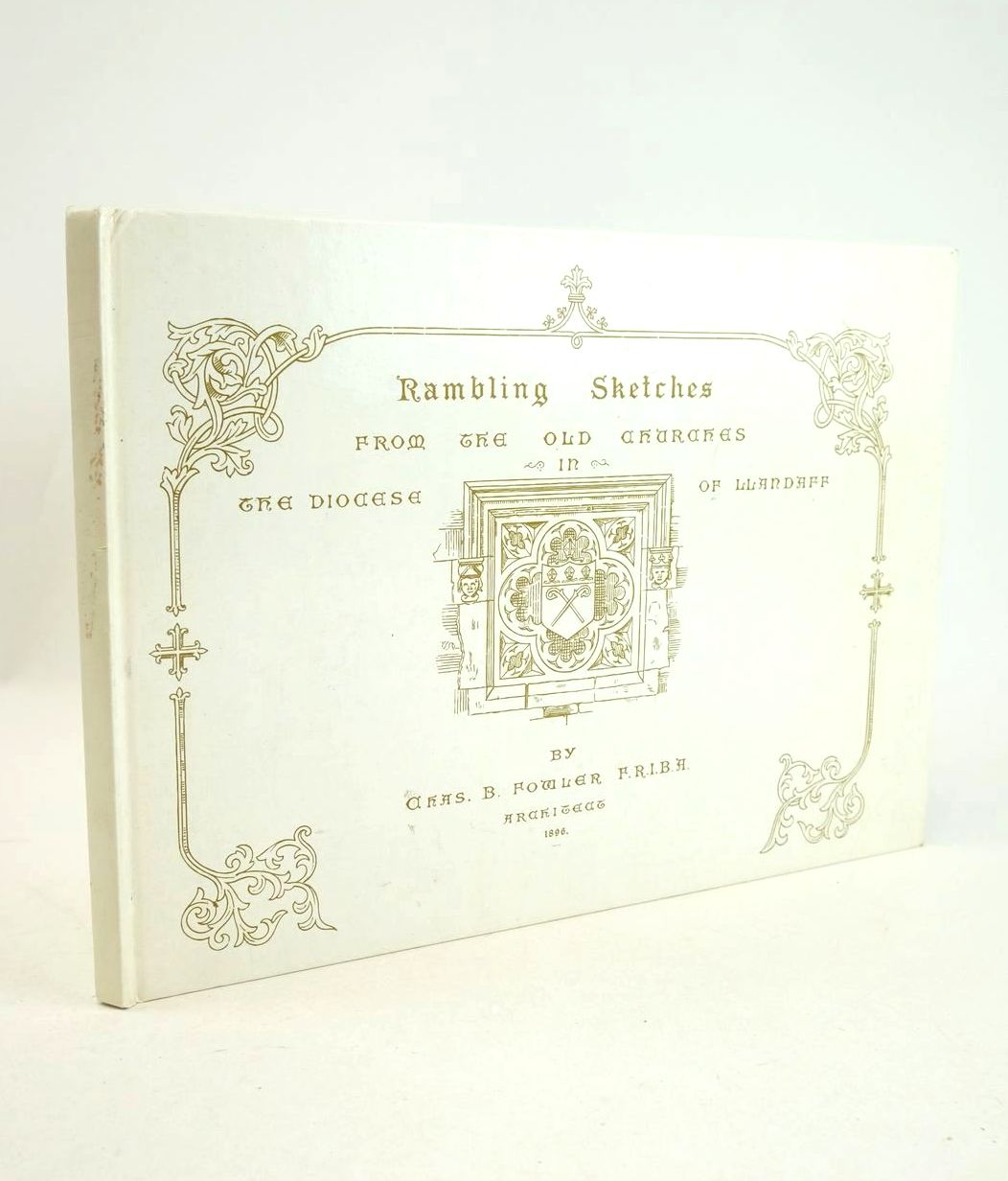The Secret Language of Churches & Cathedrals by Richard Stemp
A few years ago I went to a talk given by Matthew Rice at the Cheltenham Literature Festival. The talk was about describing architecture and the language we use to do so. He said it is not enough, or indeed accurate, to describe something we see as that ‘twiddly bit on top of the curved thing below the window’ - we need to learn the language! So, there is a language for everything from Bricklaying to Churches and Cathedrals. It felt quite revelatory at the time but also quite obvious. The talk was excellent by the way, and I am now the proud owner of Rice’s Church Primer.
It was that talk that led me to choose to write about this book. I wanted to see what mysteries and language were new to me, hopefully it will interest you too!
Richard Stemp takes us on a journey from the outside of the building through to the inside, so let us start with the names of these buildings: Abbey, Baptistry, Cathedral and Basilica to name but a few.
Basilica – Basilica is originally the name given to a king’s audience chamber, from the Greek ‘basileos’ meaning ‘king’.
“A basilica has a long central nave, with two aisles and no transept, so basilica is used for churches with this construction or certain Roman Catholic churches granted specific privileges by the pope”.
Nave – comes from the Latin word ‘navis’ meaning ‘ship’
St Peter’s Basilica as can be seen from the photo ‘has colonnades in front of the basilica, these were added by Bernini in 1667 and were conceived as arms embracing the piazza and the faithful.’
Churches are imposing buildings - one only has to see Ely Cathedral rising from the autumn mist on an early morning drive across the fens to appreciate the truth of this. On a practical level the structure is also designed to keep the rain out and off the walls of the building and this is where Gargoyles take centre stage. ‘Rainwater was funneled through spouts to take the water away from the walls to the floor below. The spouts were decorated with stone sculptures in the form of grotesque creatures’.
Gargoyle – comes from the Old French word ‘gargouiller’ meaning ‘throat’
From looking up at gargoyles, we look down to see what is under our feet – tomb markers, memorial slabs, labyrinths, stories from the bible or even simple patterns made with stone or ceramic tiles.
One of my favourite parts of churches are the stained glass windows. If you like stained glass, old and modern, Ely Cathedral has a stained glass museum which is well worth a visit. According to Richard Stemp, Chartres Cathedral is ‘one of the greatest repositories of stained glass.’
In the nave we also find the lectern, pulpit, font and, in some churches, a jack - a figure used to strike a bell which would originally be attached to a clock.
Seating is also important; we have the Choir Stalls and sedilia which is a set of three seats where the clergy sit.
Sedilia – comes from the Latin ‘sedilie’ for seat and is the plural form
Finally, on to the pew. Richard Stemp tells us that in England the end of the benches or pews were decorated with carvings of flowers and were called ‘Poppyheads’. In fact these carvings are still known as ‘Poppyheads’ even if the carvings are not of flowers. After the reformation, pews for the congregation became standard and were allocated to families according to their social standing!
There is so much more to explore within this book, from the Renaissance and Baroque to the eclectic and the modern, I couldn’t possibly cover it all in my article but I hope I have whet your appetite to explore the subject for yourself.
Contributed by Theresa
(Published on 14th Sep 2023)


